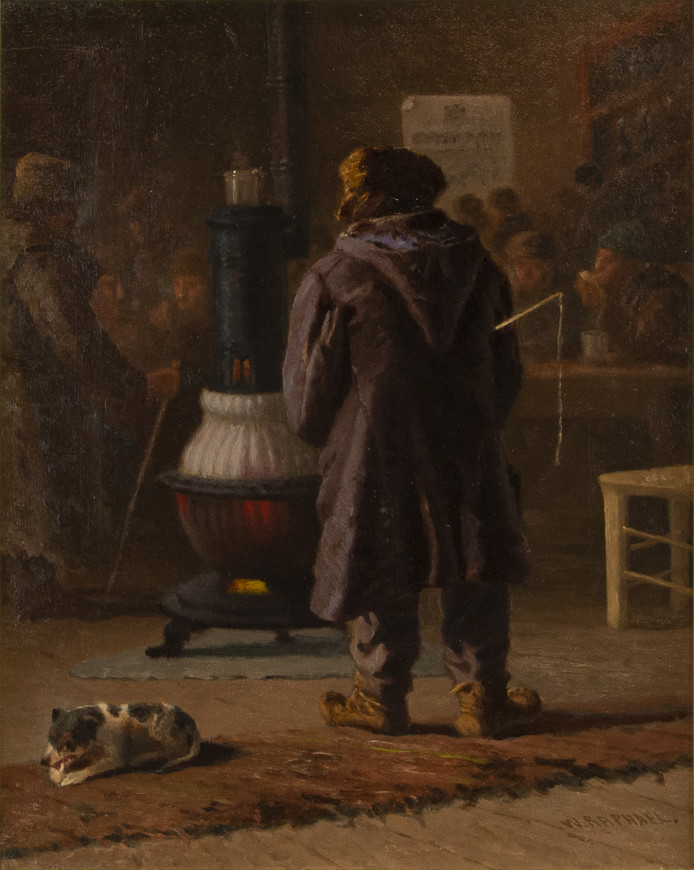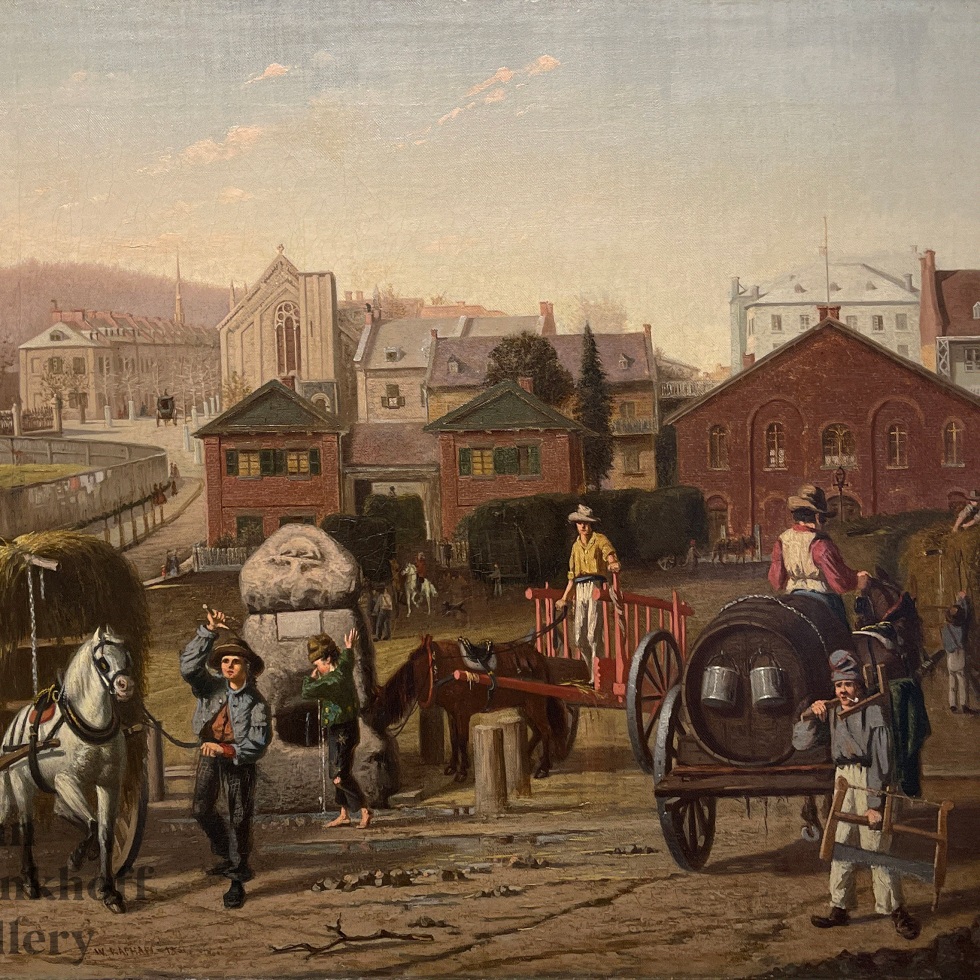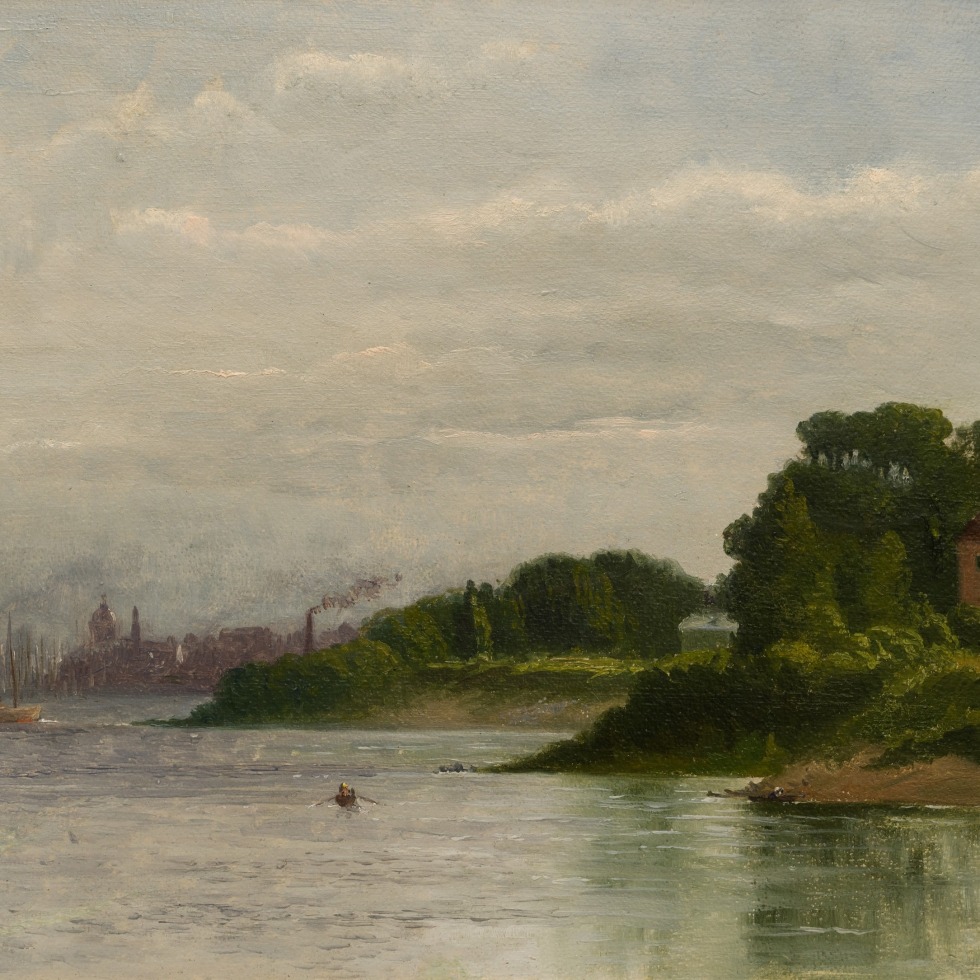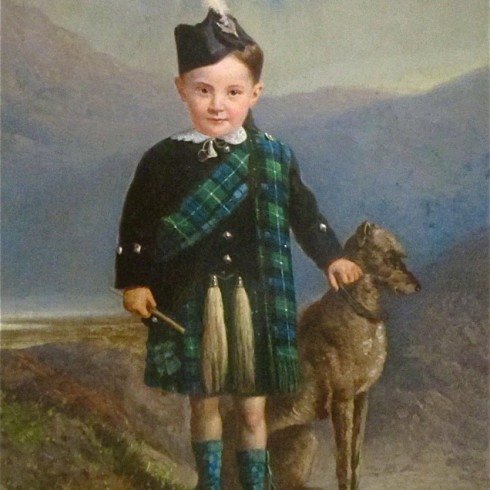Ventes notoires
The Coachmen (The Coachman), 1880 (circa)
35.6 x 27.9 cm
Provenance
Galerie Walter Klinkhoff, Montreal;Private collection, Toronto.
Expositions
Montreal, Galerie Walter Klinkhoff, William Raphael Retrospective Exhibition, 7-21 September 1996, cat. no. 19.Since we recently purchased this wonderful genre painting we have found a bit of time to attempt to write its story. The more time we spend looking at it, the more it reads as a previously untold documentary of its day. The more we have researched this the greater the surprise became that no one of the period seems to have pursued the subject matter. In 19th century urban life coachmen were great in number and extremely important to any number of daily activities.
Back in September of 1996, when at Galerie Walter Klinkhoff we hosted the retrospective in honour of William Raphael, we borrowed the best paintings available to us. This painting, #19 in the exhibition, we referred to as The Coachman. However, today with the benefit of a close inspection, we think it more appropriately titled The Coachmen. Sharon Goelman, who had written her Masters thesis on Raphael, pasted together from her thesis a superb text for our modest catalog. We highlight one sentence: “Raphael was best known for his exemplary portraits and lively Canadian genre scenes. Like his older Canadian contemporaries, Paul Kane (1801-1871) and Cornelius Krieghoff (1815-1872), Raphael gained recognition for capturing the habitant and Indian way of life in his new land.” Interestingly however, with the exception of Raphael’s extremely well-known pair of paintings done in the area of Bonsecours Market and the small vignettes of single figures in an interior, there is not a particularly large body of work of the Quebec habitant. As for an interior with any kind of imagery beyond a single figure, there really appears to be nothing.
Reading the urban social history, horses and habitant coachmen, carters they were called, also “hackmen”, were an enormous part of our streets. In the mid 19th century and well beyond, horse and cart had to be able to access every dwelling in town to deliver water from the river and firewood from rafts at the riverside (and to empty private "privies", as they were referred to) . Apparently even in the 1890s, horses were still delivering construction materials and the like. Before the rise in private car ownership, say from the late 1920s, these coachmen/hackmen provided very much a taxi service to a public. (Is this then the origin of “hack”, meaning a cab?)
Poking around in cyberspace, one is led to believe these coachmen were a bit of an unruly bunch, maybe a reputation not dissimilar to that of truck drivers and cabbies, not that long ago. Of course, the 19th century Montreal winter was even colder than what we endure these days. Bear skin seems to have been the preferred fur for clothing and sometimes moose and buffalo as well. In our composition, Raphael has captured what serves as literally a documentary, the likes of which to our knowledge is undocumented by anyone else at this time in either paint or photography.
Raphael shows us a tavern frequented by Montreal’s coachmen, a tavern where they are being warmed by the potbelly stove’s radiant heat, while enjoying a pipe and a drink before returning to work in the harsh winter outdoors. Note the proclamation or license pasted to the rear wall and the bottles on the armoire shelves to the right. The rug, one Sharon Goelman might have suggested is woven from rags, and this stove are images we have seen in other Raphael paintings. We had hoped to identify this stove as one manufactured by the acclaimed Forge Saint-Maurice in Three Rivers, Quebec. Of this we cannot be certain. We did discover however that these potbelly stoves created a tremendous amount of heat and were used in schoolrooms, stations, on train cabooses and obviously as here, in the tavern or saloon.
We think it rather remarkable that although the coachmen-hackmen-carters were such an important part of street life, that there is so little visual art including them. We asked our friends at the McCord Museum if they might have anything about them. They found one single image in their photography collection, a Notman shot with a coachman staged inside Notman’s studio. Like the Notman photo, Suzor-Coté's 1922 commemoration of the coachman, Le vieux Cocher, is a single standing posed figure . But we found nowhere anything of him at work or, as in our Raphael, on a break.
The Coachmen is an outstanding 19th century Canadian painting by an artist among the most highly trained and able of his generation. And the scene, as best we can locate, is unique of his vintage making it of hugely significant historical importance as Canadiana.











